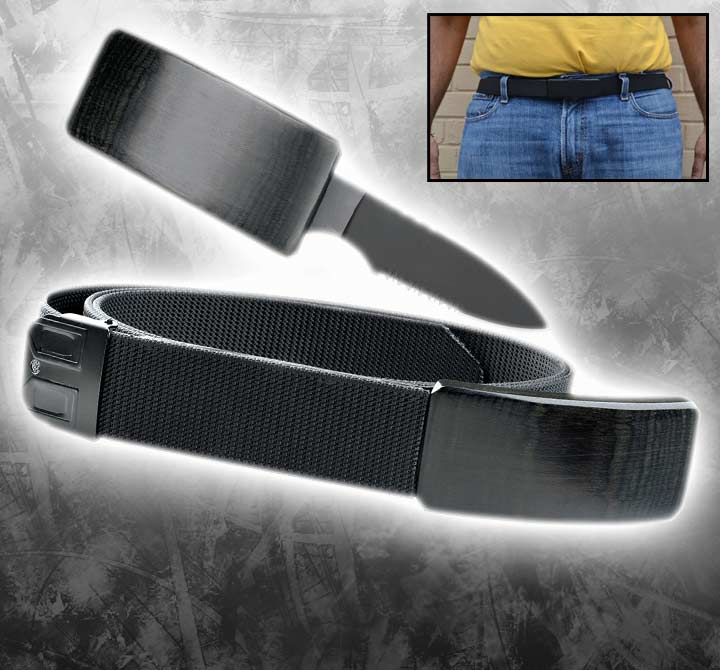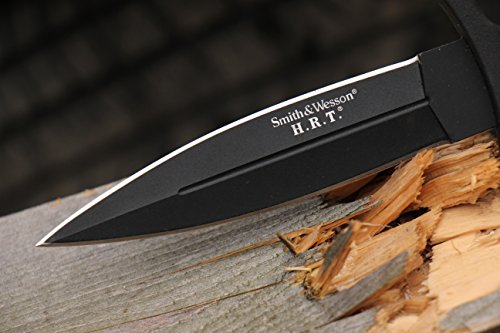

From opening letters to self-defense, knives serve a wide range of functions making them a must have tool everywhere you go. Knives are extremely useful and should be included in everyone’s EDC kit. One of the most important things to include in your EDC is a quality knife. From your phone to your wallet to your keys, everyone has something that they use for EDC. So, even if you don’t need an OTF knife, as long as you’re careful with them, they’re extremely useful, pretty fun to play with and make for a nice change of pace from your regular everyday carry.Everyday Carry, also known as EDC, essentially is referring to the things you take with you wherever you go. For the most part, we found great automatic knives, but we also found some spring-assisted sliding knives too, in case you’re in one of the bad states. Now that we’ve got our basic facts about the kinds of OTF knives and their legality, it’s time to actually check a few out below.

To put it all together, as long as the automatic knife is legal in your state and you do not carry it on federal property or carry it into a state in which it is illegal, possession and use is entirely lawful.

The Federal Switchblade Act prohibits the sale of automatic knives across line, the possession of automatic knives on federal property and manufacturing for the purpose of interstate commerce. Washington: Possession limited to law enforcement and emergency personnel.Connecticut: Permitted with blades under 1.5 inches.Massachusetts: Permitted with blades under 1.5 inches.California: Permitted with blades under 2 inches.New York: Permitted only with a hunting, fishing or trapping exception.Vermont: Permitted with blades under 3 inches.But some states do have regulations - including seven states where automatic knives are completely illegal - which are listed below, according to the American Knife & Tool Institute: For the most part, at the state level, they are entirely legal to manufacture, purchase, own and use. They are regulated both federally, through the Federal Switchblade Act, and at the state level. The Best Knives for Self-Defense in Any SituationĪutomatic knives are a different story. Non-automatic knives are not subject to any special regulations beyond general knife laws, such as those dictating the length of the blade. Double action: A double action OTF knife is fully automatic in that the release and retraction are both powered, typically with the same button or switch.
#Best automatic knife for self defense manual#
Single action OTF knives will have a manual knob to slide the blade back into the handle. Single action: A single action OTF knife is one in which the release of the blade is powered but the retraction is not.The only way this knife gets in and out is if you slide it all the way and there are no springs to assist in the process. Manual slide knife: This one is exactly what you think it is.Because these knives are primed to release so easily with one hand, you need to be more careful than usual with them. It is considered to be an open knife because pressure is being exerted on the blade and is released by pressing the button. Automatic: An automatic knife, commonly known as a switchblade, requires the push of a button that releases a coiled spring to push the blade out.This means you’re less likely to have an accidental release. It’s considered to be a closed knife because there is no pressure exerted on the blade until a switch is flicked to engage the spring. Spring-assisted: A spring-assisted knife requires a little flick of a switch or slider to engage a spring that will release the blade.But OTF is a catch-all term for any knife with a blade that comes out the front and there are a few common different kinds with two different kinds of opening actions:


 0 kommentar(er)
0 kommentar(er)
